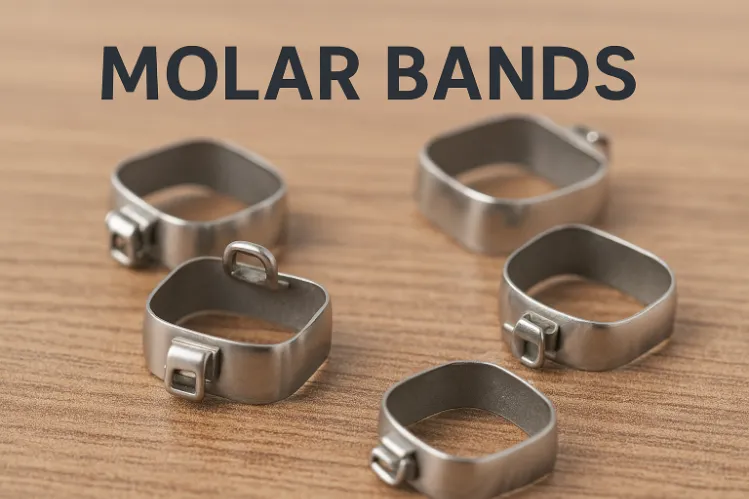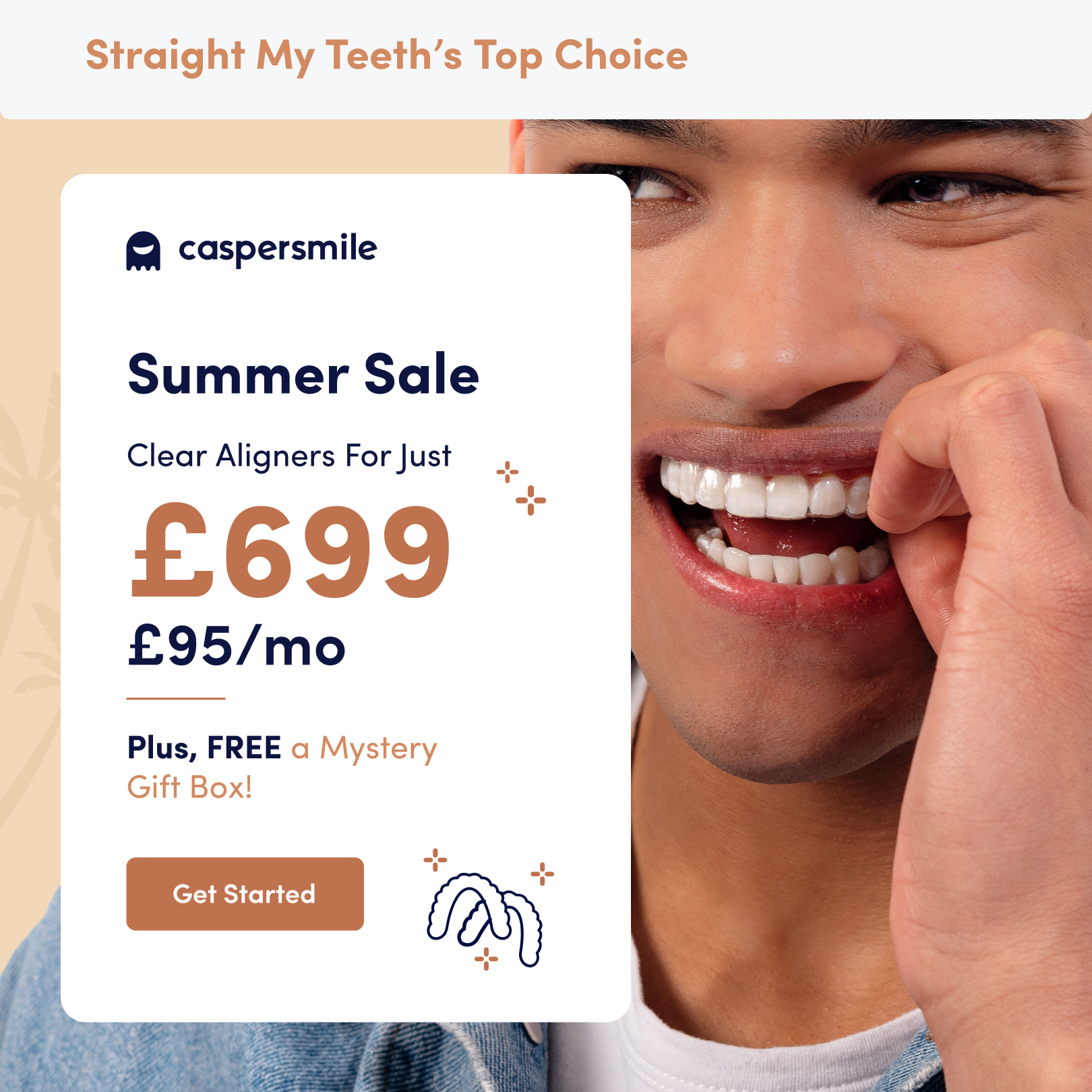
Table of Content
We all know that sugar is bad for your teeth and if you drink lots of fizzy drinks and eat lots of sweets, you are likely to be visiting the dentist soon. But it’s not just the sugar itself that causes a tooth cavity, it’s the complex chain of events that happens in your mouth after you eat something sugary. However, everybody knows that sugar is bad, not that many people understand why because they don’t know what happens to your teeth and gums when you eat sugar. However, understanding the process will help you to improve your dental health and avoid cavities in the future. So, how does sugar cause tooth cavities and what happens to your teeth and gums when you eat sugary foods?
Your mouth is filled with all sorts of different types of bacteria. People often get the wrong idea about bacteria and they think that it’s all bad, but that isn’t the case. There are a lot of good bacteria in the mouth that are beneficial for your dental health. Unfortunately, there are a lot of bad bacteria as well, and it reacts when it comes into contact with sugar.
Studies show that there are certain types of bacteria in the mouth that digest sugar and produce acid in the mouth. This acid wears down the enamel on your teeth by removing minerals in a process called demineralization.
The saliva in your mouth tries to combat this by remineralizing your enamel to stop it from wearing down. Minerals like Calcium and Phosphate help to repair the damage caused by the excess acid. The fluoride in your toothpaste also helps this repair process.
If you only eat small amounts of sugar, the saliva has time to catch up and stop the enamel from wearing away. However, if you eat too much sugar, the bad bacteria wins out and the enamel begins to wear away. When the enamel wears away too much, a hole forms and this is what we call a tooth cavity. If these cavities are left untreated, they keep growing deep into the tooth and that is when you start to experience pain and even headaches.
Unfortunately, that is not the only way that sugar can cause a tooth cavity. When you eat sugar, it attracts a lot of bad bacteria, which can lead to a buildup of plaque. Two types of bacteria called Streptococcus mutans and Streptococcus sobrinus love sugar, and they gravitate towards it in your mouth. They then digest it and form a sticky film over the teeth, which we know as plaque.
When you brush your teeth, this plaque is removed and you don’t need to worry about getting a tooth cavity. However, if your sugar intake is very high, you are fighting an uphill battle to brush it all away and when plaque starts to build up in your mouth, it changes the pH (a measure of how acidic something is). A neutral pH is 7 and if the pH drops below 5.5, the environment in your mouth becomes too acidic and this is when the enamel on the teeth starts to wear down, causing a tooth cavity.
To begin with, the plaque dissolves the enamel and creates lots of tiny holes that are invisible to the naked eye. But, eventually, these tiny holes join up to form larger ones and that is when you develop a painful tooth cavity.
Cutting your sugar intake is the best way to avoid a tooth cavity. However, we all have some sugar in our diets, even if it is natural sugar from fruit, for example. That’s why it is so important to brush properly to remove all of the plaque. Unfortunately, if you have crooked teeth, this can be difficult. It is easier for plaque to hide in the hard-to-reach gaps between crooked teeth, so you are far more likely to get a tooth cavity, even if you are brushing twice a day and cutting back on sugar.
Finding ways to straighten your teeth is important because not only does it make your smile look a lot better, but it will also protect you from getting a tooth cavity. Clear aligners just like the ones offered by Caspersmile, are perfect for people who have slightly crooked teeth and want to straighten them out without the need for invasive dental work. You can browse our full range right here on our website.
Curated the best for your knowledge
.png) Metallic Taste in Mouth: Causes and How to Get Rid of It
Metallic Taste in Mouth: Causes and How to Get Rid of ItHaving metal taste in the mouth first thing in the morning can be an unexpected experience. You wake up, take a swallow, and suddenly have a metallic taste in your mouth, as if you'd been chewing on a handful of change. It's annoying, a little scary, and sometimes for no apparent reason. For some people, it will be nothing but a minor nuisance; others may fall into the late-night goose chaser. Sometimes it's a sign that there is something wrong with your braces; other times, it could mean that there is something wrong with one of your teeth. But here's the good news: Most metallic tastes are temporary, harmless, and can be treated or resolved. So let's take a closer look at the possibilities.
Read More How Molar Bands Work in Braces and Retainers to Keep Your Teeth in Line
How Molar Bands Work in Braces and Retainers to Keep Your Teeth in LineIf you’ve ever started orthodontic treatment, you already know there are a lot of tiny pieces involved. Wires, brackets, elastics, retainers, attachments… and then there are molar bands. They’re not as famous as braces themselves, but they play a surprisingly big role in keeping your smile moving in the right direction. Some people don’t really notice them. While others desperately want to know why that metal ring is even there. So let’s break it all down: what molar bands are, why orthodontists use them, and how they work in both braces and retainers. Plus, what you should expect throughout the process.
Read More.webp) Dental Bonding Cost: Prices, Process & What to Know
Dental Bonding Cost: Prices, Process & What to KnowIf you’re thinking about fixing a chipped tooth, closing a gap, or smoothing out uneven edges, dental bonding is often the easiest (and quickest) way to do it. And honestly? It’s one of the most budget-friendly cosmetic treatments out there, if you know what to expect. But here’s the part everyone worries about first: “How much does tooth bonding cost?” The short answer: it depends. The long answer: let’s break it all down so you actually understand where the price comes from, what you’re paying for, and whether bonding is the right fix for your smile.
Read MoreQuick Links

Heading